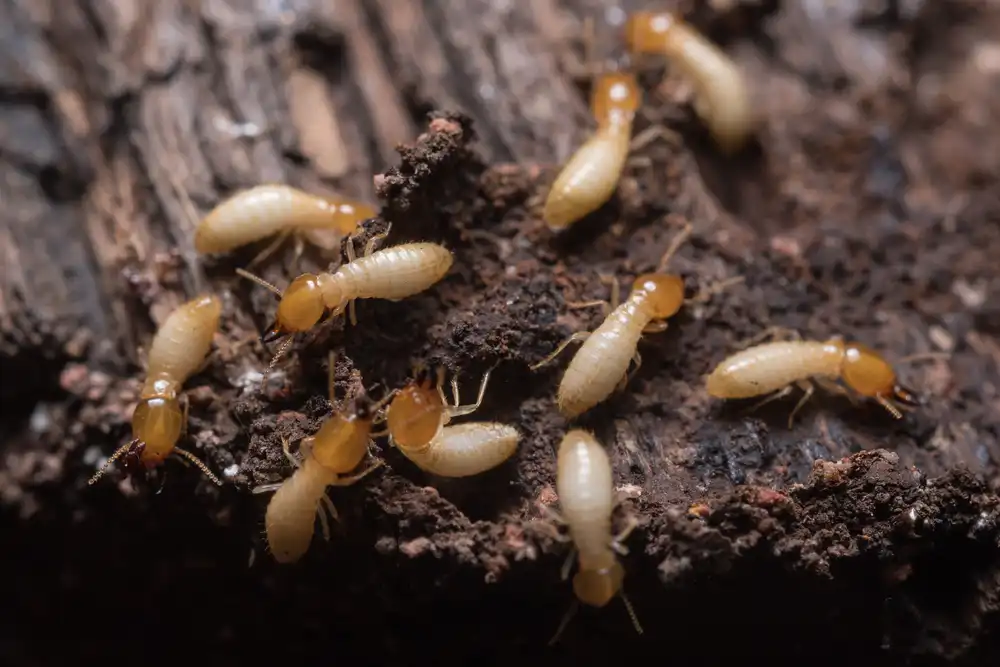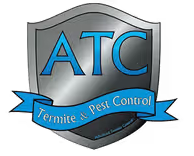A Simple Yet Effective Guide To Rat Control In Baltimore
It is unsettling to see a rat scurry through your yard and even more upsetting when you detect rodent activity inside your home. City rats create many problems when they invade Baltimore homes. Join us today as we discuss how to detect these big rodents in your home, some of the damage rats do, and some of the diseases rats carry. Then, we’ll look at some all-natural solutions to drive rats out and keep rats away. If you’ve been curious about rodent pest control in Baltimore, you can pick up some great tips here. If you’d like to speak with someone about your problem, jump to our contact page for assistance. Our experienced pest professionals are happy to help.
How To Tell If It’s Rats Infesting Your Home
Sometimes, it is easy to tell that you have a rat problem. You may hear them bumping around in your walls or making noises in your attic. Better yet, you may see a rat scurrying along a wall. When you see or hear rats, that is a good thing because rats in Baltimore can live in your home without making any noises for you to detect. But don’t worry; there are ways to tell that a group of rats has invaded your home, even if you don’t hear them.
- Look for droppings in hidden places. Rat droppings are black and shiny and slightly larger than grains of rice. Where there are droppings, there are sure to be rats.
- Inspect pipes and baseboards for grease marks. Rats leave grease from their fur on these.
- Inspect your attic for rats’ nests. These are constructed from soft materials collected in your home and natural materials found outside, such as twigs and grass.

- Look for the holes rats make. Rats will make holes using their teeth. You’ll find these at the base of walls and in hidden places throughout your home.
In many cases, these simple steps will help you uncover evidence that rats are exploring your home. You can also use them outside your home to see where rats are actively exploring your exterior walls.
The Damage And Dangers Rats Can Create
When you uncover evidence that rats are living in your home, it is essential to take steps to remove them and keep them from re-entering. Rats can damage your belongings and your home. As you consider what steps to take or how hard to work on getting rats out, keep in mind the ways they can damage your property and cause harm to you and your family.
- Rats chew on building materials as they enter structures and move about inside structures.
- Rats rip up insulation and other interior items to use as materials to construct their nests.
- Rats damage stored items. They’ll soil items with their droppings and urine or damage them with their teeth.
- Rats are associated with leptospirosis, tularemia, rat-bite fever, trichinosis, cowpox virus, salmonellosis, and more.
- Rats carry ticks and fleas. These parasites are able to transmit diseases to humans.
- Rats chew on wires which presents a fire hazard.
- While not prone to biting, they will if threatened.
Rats make terrible houseguests. They are wild animals. At the first sign of rats in your home or rats exploring the exterior of your home, consider taking steps to address them.
The Safe And Effective Way To Get Rid Of Rats
If you have rats, what can you do about them? Do you go to the store and get bait or traps? We don’t recommend doing this. Traps often fail to control rats when they aren’t applied according to a trusted strategy that considers the natural defensive behaviors of rats. When traps fail, rats are allowed to continue to cause damage and present a health concern. When traps work, you may still have an undesirable outcome. You may find yourself catching and removing rats continually. That gets old fast. Bait isn’t a good idea if it isn’t properly selected and applied. Bait can lead to frustrating issues, like the decomposing carcass of a rat inside your walls. It is much better to use all-natural solutions to drive rats out and keep them out. Here are our best tips:
Control Food: Rats eat many things inside your home. They’ll find old Christmas food decorations in your attic, pantry foods, kitchen foods, food debris on your floors, pet food, decaying food in your trash, and more. Keep your home clean. Store food in sealed containers to trap the scent of the food inside. Put pet food down during the day and pick the dishes up before nightfall.
Seal Entry Points: While a rat can chew a hole to invade your home, it will use available entry points first. A caulking gun, expanding foam, and wire mesh can keep rats out. It also helps to replace protective materials such as weatherstripping and screens—seal entry points to prevent rats from continuing to enter.
Remove Routes: Rats may access your home by way of the roof. Trim branches, put guards on pipes that rats may climb to scale your exterior, and stuff some wire mesh into your downspouts.
Apply Protective Materials: Metal flashing and hardware cloth are the tools to prevent rats from chewing holes and entering your home. For example, apply hardware cloth behind the louvers of gable vents. Rats can scale the exteriors of many homes and get up to gable vents.
These methods require skill, hard work, and energy, but there are no drawbacks. You get what you put in, and some of these methods provide long-lasting rodent control. If you need assistance with exclusions or an inspection, contact Advanced Termite Control for professional rodent control in Baltimore.
Five Natural Ways To Keep Rats From Returning
Once the rats in your home are gone and you’ve taken steps to keep them out of your home, it is time to consider how to drive them away and keep them from returning. A yard that is resistant to rats will create a home that is resistant to rat infestations. You’ll use some of the same methods outdoors as you did inside your home.
1. Control Food
Rats enter your yard in search of food. If they don’t find suitable food sources, they’ll move to the next yard. Here are a few foods rats love to eat.
- Nuts. If you have trees that produce nuts, squirrels are not the only rodents that will love living in your yard. Rats eat nuts too. Rake nuts up routinely.
- Seeds. While not a robust food source, rats love to eat seeds if they can find them in large quantities. A bird feeder can provide a source of food for them. Remove bird feeders.
- Fruits. Rats can eat fruit that falls to the ground, or that hangs from branches. Clean up fruit routinely. If you have issues with rats eating fruit in a tree, consider wrapping sheet metal around the trunk to prevent rats from scaling the tree.
- Trash. A rat can find many food sources in your trash. They are definitely not picky eaters. Keep your trash covered.
Controlling food is sometimes an easy solution to rat problems. Other times, it is impossible to reduce or remove food options effectively.
2. Remove Ground Clutter
Rats have poor vision. They use their senses of touch, hearing, and smell to navigate. When a rat enters your yard and finds ground clutter, it will move from object to object and make its way to your exterior. Pick up toys. Move lawn furniture close to the house. Move leaf piles to the edge of your property. Pick up anything that doesn’t need to rest on your lawn.
3. Block Access To Hiding Places
A rat wants to find a place to hide. It may hide inside or underneath an object or into a void underneath a structure. Decks, porches, sheds, and other outbuildings can provide a place for rats to hide. Install hardware cloth around the base of structures to keep rats out. Insert the material a foot underground to keep Norway rats from tunneling underneath.
4. Reduce Water Sources
A puddle of water is a watering hole for a rat. While rats can derive much of the moisture they need from the foods they eat, they want to live where an easy drink is found. Address conditions that cause groundwater saturation and puddles to form for long periods after it rains. Clean gutters, repair downspouts, trim landscape vegetation, fix water hoses, grade soil, etc.
5. Remove Junk Piles
Norway rats create burrows in the ground and prefer to establish shelters under piles of junk. Any pile of junk will do. They’ll get under trash, lumber, dead branches, rocks, and more.
In most cases, all-natural methods like these are enough to keep rats away. If you don’t have the energy to do these things or want to add extra protection on top of what you’ve done, a pest control service provider can help.
Are you in Baltimore? If so, contact Advanced Termite Control for rodent control and prevention. We offer state-of-the-art services. We can guide you toward a smart and effective solution for your issue. Call us today for a free estimate.
Winged Ant or Winged Termite? Know the Difference.
It’s Spring, a wonderful time of year. The flowers are beginning to bloom and the bugs are coming out of hibernation. It’s Termite time, how can you prepare your house to resist these little pests? Do not ignore any signs of a termite swarm. A termite swarm can happen in any area, even if you…



